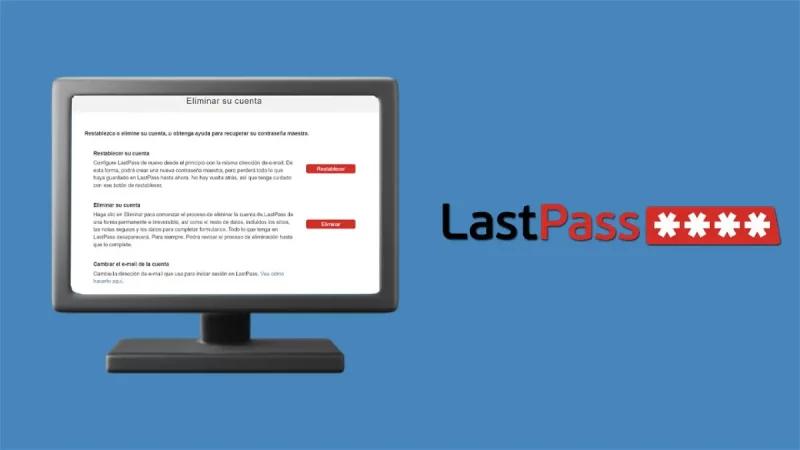How we energized our deep tech startup into a SaaS company

For the foreseeable future, global markets will require billions of highly specialized electrical machines that perform far better than the inefficient relics of the past.
We initially approached this as a hardware challenge until we determined that the key to meeting the demand for next-generation electric motors actually lies in the software. That is why we have moved to a SaaS model.
Like any major startup redirect, there were several “aha!” realizations, accompanied by tests so that everything works. Fortunately, the direction of SaaS has brought advantages: We’ve achieved a relatively strong product market fit and a positive cash flow statement without big VC raises or consumption rates.
The process wasn’t exactly linear, but (looking back) we did four key things to conclude that SaaS was our model:
We evaluated what was really disruptive, scalable and profitable about our technology; He engaged our board and investors candidly; He studied global markets and technology trends; We brought our MVP to market quickly, opting to hone in public rather than hone in private.
Moving from hardware to SaaS was the right move for our electric motor design startup, but the process wasn’t exactly linear.
ECM PCB Stator Technology was founded on the innovation of MIT-trained software and electrical engineer Dr. Steven Shaw, our Chief Scientist. After launch, we began developing proprietary PCB stators that replace bulky copper windings, the core component of electric motors, and used in-house software to make them lighter, faster, and more efficient machines.
Two years later, I joined as a growth-stage CEO after leading the scaling and acquisition of two energy technology companies. At that time, we were still in a relatively early stage of financing and adjusting the product to the market. The startup had raised a venture round and was flirting with becoming an axial-flux electric motor manufacturing company. The initial impetus for a change to SaaS came when I began to take a fresh look at the company and involved Steve and the board in our inherent advantages and path to profitability.
At that time, we also attracted some new investors.
At the macro level, we consult to determine our competitive advantages and the market we are targeting. One of the first observations was that there were already several large, established players making off-the-shelf electric motors. An assessment of global trends (eg, mass electrification, automation, carbon reduction) also revealed that the need for and requirements for next-generation electrical machines were changing rapidly.
After a lot of analysis and several board meetings, this assessment emerged: The global market will require more efficient, better-performing, custom-engineered electric motors that can be produced in the hundreds of millions in a more sustainable way.
With that in mind, I turned to Steve and our board to assess the best business model. We concluded that the most competitive aspect was the ability to leverage printed circuit boards via “engine CAD” software to create custom electric motor designs that require less raw material and outperform legacy offerings.






